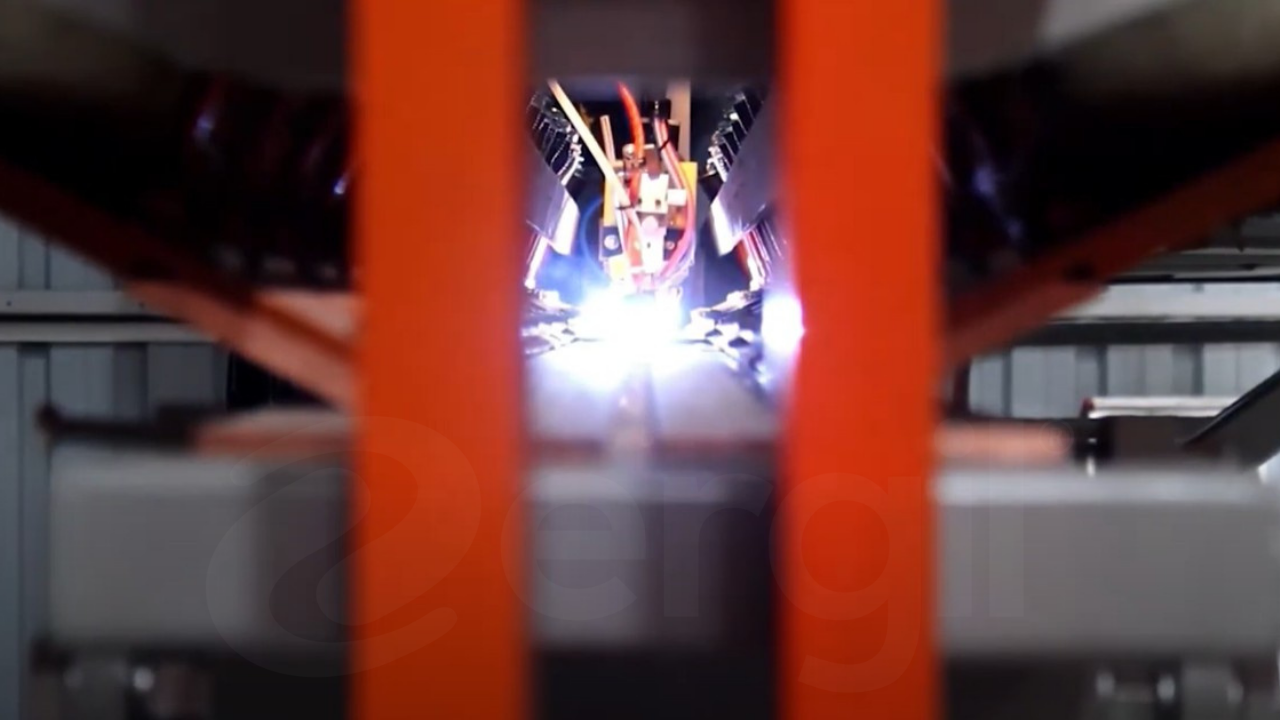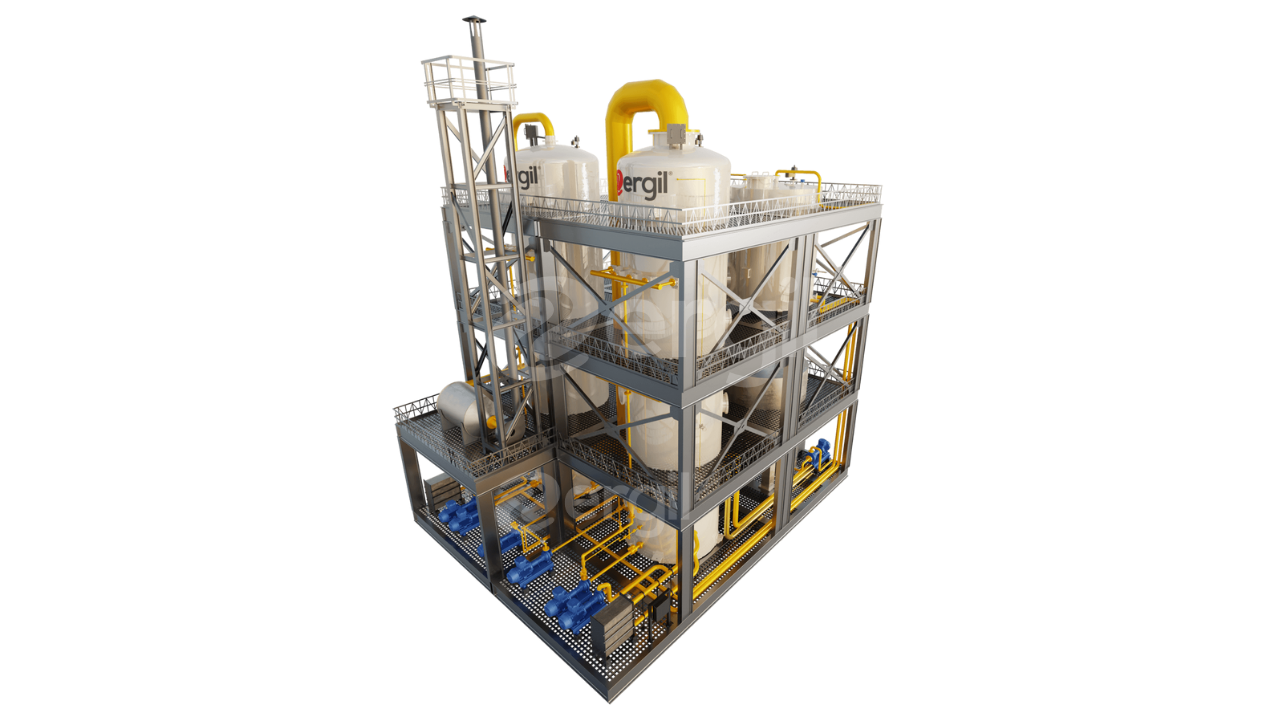
We value science here! Last article of our engineers is published
In parallel with the increasing population of the world, natural water resources are also decreasing day by day. Technologies need to be improved due to the official regulations for the protection of the environment and the increased need for water in enterprises. It is important to minimize the amount of waste water and recover valuable particles. Sand filtration is a system that has been frequently used in waste water recovery processes for years. It is effective in removing large particles, suspended solids and particles such as clay and silt that cause turbidity in water from water. In this study, the basic mechanism and design criteria of the system to obtain the best treatment efficiency in sand filtering systems are examined. However, more research is needed to focus on the composition and properties at the molecular level.
Design parameters of sand filtration systems in wastewater treatment process
Introduction
Water scarcity is one of the major problems of many countries in the 21st century. This will be one of the most critical environmental issues in ten years. Southern states of the USA, Southern Europe, North Africa, the Middle East and Australia are already struggling with this problem.
The water in the world is 1 billion 400 million km3. (1 km3 = 1 billion m3). 97.5% of this water consists of salty water in the seas and oceans. The remaining 2.5% is fresh water. A very small part of this ratio is used for variouspurposes. The percentage of the total amount of water in the world is presented in Table 1. We should consume these extremely limited natural water resources consciously.
Wastewater has an important water resource potential in places with a high population, in arid regions and in cases where quality water is limited. With water recovery systems, energy consumption and water supply costs can be reduced. In addition, the deterioration of the quality of surface waters can be prevented. As a result, treated water can be reused in various areas. Usage and application areas of treated wastewater are shown in Table 2.

Water must be brought to certain standards in the reuse of wastewater process. The recovery of water is theoretically possible at any time under suitable conditions. This depends on economic possibilities. The technology to be selected for the reuse of treated water; The properties of treated wastewater should be determined by considering quality criteria for reuse purposes, reliability, ease of operation and economic possibilities.

Reverse osmosis (RO) has effective results in desalination processes. Oron et al. initially treated 81% of wastewater with an electrical conductivity of 2020 μS/cm. In their other study, they increased the Na+ concentration of 208 mg/L by 83%. In addition, they were able to remove the initial Cl concentration of 48 mg / L by 80% reverse osmosis. Reverse osmosis can remove sodium ions and divalent cations. Therefore, it is very effective in reducing sodium adsorption rate.
Yim et al have achieved virus removal from wastewater at a rate of 99% using ultrafiltration technology. Hyun et al, results provided a 95% removal efficiency for heavy metals such as Fe, Mn, Cu, Cr and Pb under optimal operating conditions after a series of biofiltration and membranes. It is concluded that treated water is suitable for use in agricultural areas. Agricultural irrigation and ultraviolet system (FTS) are also suitable for reuse of wastewater. The results of the research showed that it can remove 76% of As, 80% of Cd and Cu, 88% of Cr and Pb, 97% of Zn.
Nakada et al examined the removal of endocrine disrupting chemicals with 24 drugs and personal care products in the secondary wastewater of the sewage treatment plant with sand filtration and ozonation and found that the removal of most pollutants was more than 80%.
In this study, the basic mechanism and design criteria to achieve the best treatment efficiency in sand filtration systems varying according to operating conditions were examined.
Filtration Mechanism
The waters that are subjected to the filtration process are high quality exit waters. During this process, the quality of water increases with the retention of suspended and colloid materials, removal of microorganisms and changes in chemical compounds. The media used in the filtration process can be granular sand beds, pebbles, anthracite, glass, small coal particles, or any stable material. The most common filter material is silica sand. The fact that sand is cheap compared to other filter materials, easy to find and effective results have caused it to be widely used. Anthracite or other filter materials are generally used with sand material in the construction of double or multi-layer (multi-media) filter beds that provide higher capacity.
Filters consist of three groups as single media, dual media and multi media according to the filter media used. Single media filters are one type of filters and generally the filter media is sand or compressed anthracite. If the size of the filter material in the bed is the same, it is called homogeneous single media filters, if it is different, it is called heterogeneous single media filters. In dual media filters, there are two types of filter material in the filter bed. Multimedia filters contain more than two filter materials.
Filters consist of two groups, gravity operated and pressurized, depending on the operating conditions. Gravity operated filters are the process of filtering water from the filter media by gravity effect. Outlet water pressure in these filters is equal to atmospheric pressure. Gravity operated filters are divided into two as slow sand filters and rapid sand filters according to their working speed.
Treatment technology with granular activated carbon is the ideal solution for removing chlorinatedhydrocarbons and trihalomethanes, disinfection by-products, volatile organics, pesticides and microcontaminants that cause taste and odour in drinking water.
Pressure filters are generally made in the form of tanks. The force that moves the water in these filters is the pressure difference at the filter inlet and outlet. The most important properties of these filters is that they do not come into contact with the atmosphere. Pressure filters are made in the form of vertical pressure filters and horizontal pressure filters.







